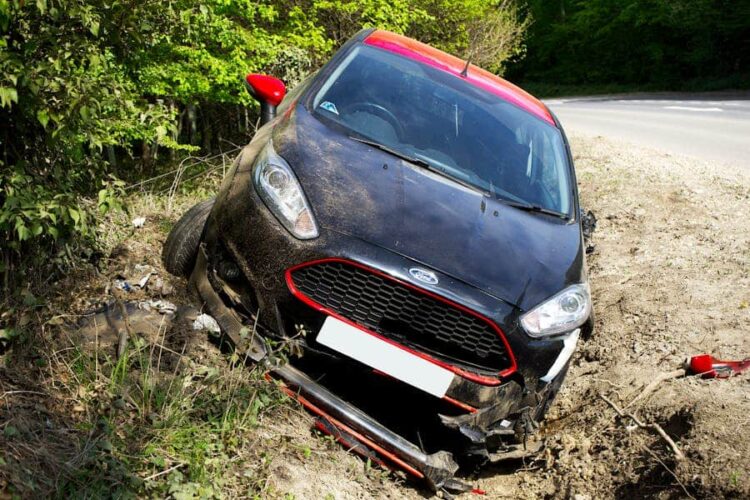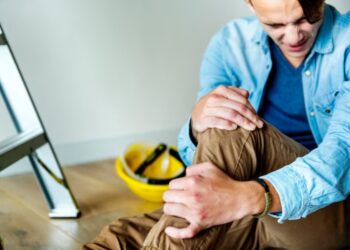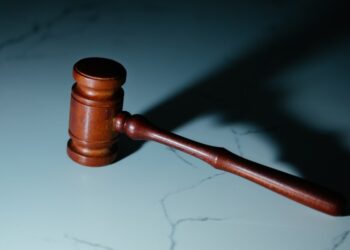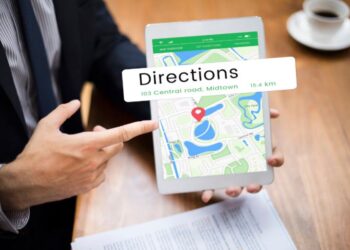Pedestrians don’t have much protection on the road. They have no seatbelts, airbags, or metal frames around them. Besides using crosswalks and obeying traffic laws, there’s not much they can do to avoid danger. Collisions can happen at any place and time, and when they do, the outcome can be devastating.
Getting hit by a vehicle is a sudden and jarring experience. The moments that follow are filled with trauma, pain, and fear. Understandably, everything feels like a blur, but what you do in this situation can be crucial. After all, your recovery and legal rights are on the line here.
So, what should you do after a terrifying pedestrian accident? Here are the critical steps to take:
1. Collect Information and Evidence
This is probably not at the top of your mind after a motor vehicle accident, and that’s completely normal. When you’re hurt or in shock, gathering information feels like the last thing you want to do. But try to push through if you can before leaving the scene.
Focus on the following key pieces of information:
- Driver’s license and insurance card (photograph both)
- Vehicle license plate number
- Witness statements and their contact information
- Photos of the accident scene, vehicle damage, skid marks, and any injuries
- Road conditions, traffic signs, and weather at the time
These details could be crucial in proving what happened and may serve as your strongest defense later.
2. Seek Medical Care Immediately
The next step should be getting yourself checked out by a healthcare professional, even if you feel okay. Some symptoms, like internal bleeding or brain injury, don’t always appear right away. They can take hours or days to become noticeable. That’s why it’s important not to put this off.
Seeking medical attention right after the pedestrian accident does two important things for you. First, it protects your health, which is obviously the top priority. Second, it creates an official record of your injuries, a key part of building a strong case.
As you may know, insurance companies look closely at when you got medical treatment. If there’s a delay, they might question the credibility of your claim. They may also suggest that the accident had nothing to do with them. So, don’t give them that ammunition.
3. Consult a Personal Injury Attorney
You’ve got the scene documented and already taken care of your medical needs. Now is the time to present those papers to a personal injury lawyer who can evaluate your case. And we’re not talking about any legal representative here. You need someone who knows the ins and outs of pedestrian accident claims.
When hiring an accident lawyer in San Juan Capistrano or your area, it’s best to assess their background carefully. Look into the key factors below before making your decision:
Track Record
You want a legal advocate who’s been successful with pedestrian accident cases in the past. Ask about their experience, past settlements, and trial outcomes. These components can give you a clear picture of how well they handle cases.
A lawyer with a strong track record is more likely to negotiate confidently with the parties involved and take your case to court if needed. Simply put, their past performance shows whether they can stand up for your rights when it matters.
Client Reviews and Testimonials
Online reviews, referrals, and testimonials can tell you a lot about a lawyer’s reputation. Take time to check out Google reviews, legal directories, or the law firm’s own website, and see what past clients are saying. Were they kept updated, or did the attorney genuinely care about their case? If you keep seeing many positive comments, that’s a good sign you’re in capable hands.
Communication Style
It’s not easy to deal with legal terms when you’re also recovering from an accident. That’s why you need an attorney who explains things clearly and keeps you updated. You shouldn’t be left wondering what’s happening with your case or chasing them down for answers.
Look for someone who listens, answers your questions patiently, and explains things in plain language. A law expert who communicates well makes the entire process far less stressful.
Fee Structure
Now that you’ve gone through all the essential qualities, let’s talk about the attorney’s service charge. And it’s an understandable concern at this stage. Fortunately, most legal professionals operate on a contingency fee basis. That means you won’t need to pay anything out of pocket at the start. They only collect payment if they successfully recover compensation for you.
Make sure to go over the fee agreement in detail before you commit. Ask about the percentage they’ll take from your settlement. Also, clarify whether additional costs, like court fees or expert witnesses, will be deducted separately. Being clear about these financial matters helps you avoid surprises. More importantly, it builds trust and confidence in your legal partnership.
It’s best not to rush this selection process, as the attorney you choose can have a major impact on the outcome of your case. The right pedestrian accident lawyer will have your back and make sure you’re protected every step of the way.
4. Watch What You Say
Emotions tend to run high after an accident, but statements made in the heat of the moment can sometimes be misinterpreted. Saying something as simple as ‘I’m okay’ could hurt your compensation claim. Insurance companies or defense lawyers could use those words to minimize what you’re entitled to receive.
Remaining calm and sticking to the facts is the safer route. The goal is to avoid saying anything that might be turned against you. This is especially important during settlement talks or in court, where questions may be carefully worded to elicit damaging responses.
Your legal representative can be your voice here, handling communications on your behalf. They’ll ensure your words aren’t twisted or taken out of context.
5. Know Your Rightful Compensation
Although you have a right to compensation after a pedestrian accident, it’s not always clear what that includes. Many people only think about medical bills, but the truth is that your claim may cover much more than that. You could be entitled to:
- Medical expenses: This goes beyond the ER visit. It includes follow-up appointments, physical therapy, medication, and any future treatment you might need.
- Lost wages: If your injuries forced you to take time off work, you’re entitled to recover the pay you lost during that period.
- Loss of future earnings: Serious injuries can limit your ability to work. If that’s the case, you can seek compensation for the income you’ll no longer earn.
- Pain and suffering: Physical pain and emotional distress matter, too. If your quality of life has changed, it should be acknowledged during negotiations.
- Out-of-pocket expenses: Costs like transportation to doctor visits, medical supplies, or home adjustments may also be reimbursed.
Knowing what to expect doesn’t mean you have to figure it out on your own. It’s more about understanding what a fair settlement should look like. Your lawyer will guide you through this and help calculate the full value of your claim.
Closing Thoughts
Seeking compensation after a pedestrian accident can feel overwhelming, especially with the ups and downs of the legal process. The road ahead might feel uncertain at the moment. But know that support is always available to help you pursue a fair compensation claim.
You’ve already been through enough, and now’s the time to make sure you’re properly taken care of.










